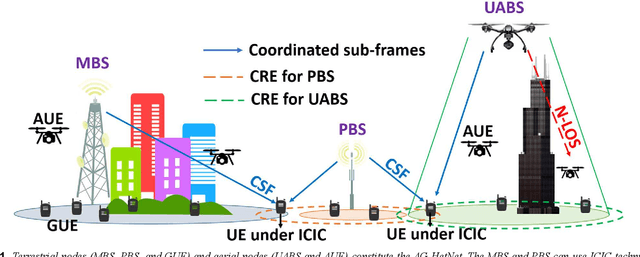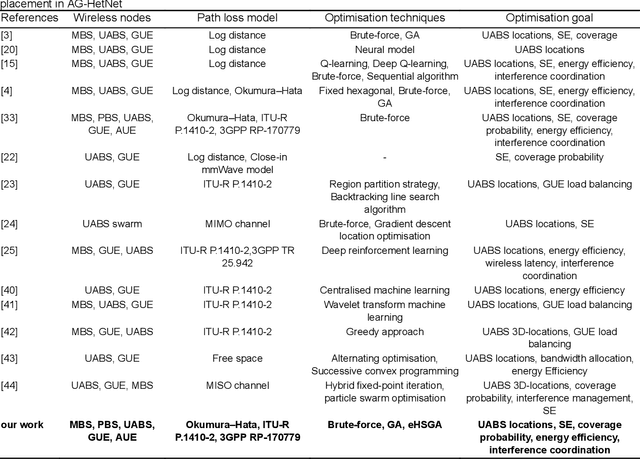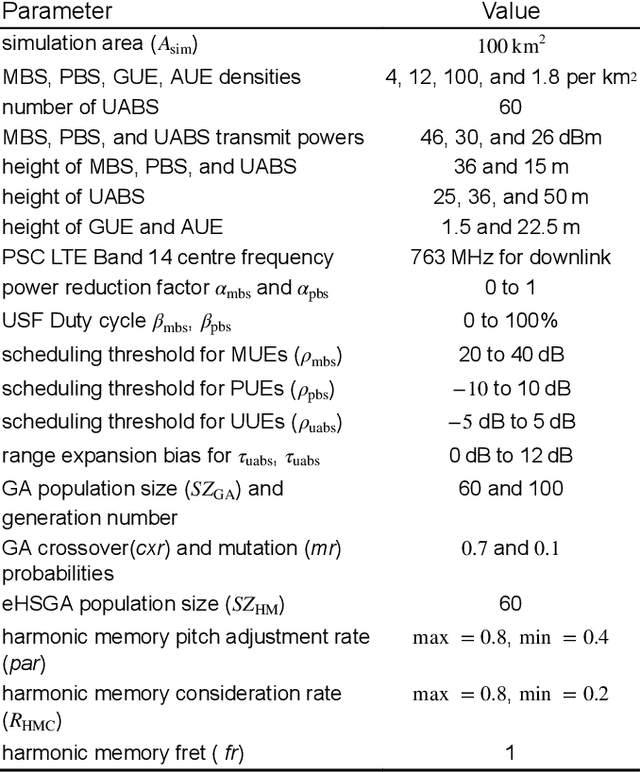Simran Singh
BONES: Near-Optimal Neural-Enhanced Video Streaming
Oct 15, 2023Abstract:Accessing high-quality video content can be challenging due to insufficient and unstable network bandwidth. Recent advances in neural enhancement have shown promising results in improving the quality of degraded videos through deep learning. Neural-Enhanced Streaming (NES) incorporates this new approach into video streaming, allowing users to download low-quality video segments and then enhance them to obtain high-quality content without violating the playback of the video stream. We introduce BONES, an NES control algorithm that jointly manages the network and computational resources to maximize the quality of experience (QoE) of the user. BONES formulates NES as a Lyapunov optimization problem and solves it in an online manner with near-optimal performance, making it the first NES algorithm to provide a theoretical performance guarantee. Our comprehensive experimental results indicate that BONES increases QoE by 4% to 13% over state-of-the-art algorithms, demonstrating its potential to enhance the video streaming experience for users. Our code and data will be released to the public.
The AI Revolution: Opportunities and Challenges for the Finance Sector
Aug 31, 2023Abstract:This report examines Artificial Intelligence (AI) in the financial sector, outlining its potential to revolutionise the industry and identify its challenges. It underscores the criticality of a well-rounded understanding of AI, its capabilities, and its implications to effectively leverage its potential while mitigating associated risks. The potential of AI potential extends from augmenting existing operations to paving the way for novel applications in the finance sector. The application of AI in the financial sector is transforming the industry. Its use spans areas from customer service enhancements, fraud detection, and risk management to credit assessments and high-frequency trading. However, along with these benefits, AI also presents several challenges. These include issues related to transparency, interpretability, fairness, accountability, and trustworthiness. The use of AI in the financial sector further raises critical questions about data privacy and security. A further issue identified in this report is the systemic risk that AI can introduce to the financial sector. Being prone to errors, AI can exacerbate existing systemic risks, potentially leading to financial crises. Regulation is crucial to harnessing the benefits of AI while mitigating its potential risks. Despite the global recognition of this need, there remains a lack of clear guidelines or legislation for AI use in finance. This report discusses key principles that could guide the formation of effective AI regulation in the financial sector, including the need for a risk-based approach, the inclusion of ethical considerations, and the importance of maintaining a balance between innovation and consumer protection. The report provides recommendations for academia, the finance industry, and regulators.
Heuristic Approach for Jointly Optimizing FeICIC and UAV Locations in Multi-Tier LTE-Advanced Public Safety HetNet
Dec 07, 2019



Abstract:UAV enabled communications and networking can enhance wireless connectivity and support emerging services. However, this would require system-level understanding to modify and extend the existing terrestrial network infrastructure. In this paper, we integrate UAVs both as user equipment and base stations into existing LTE-Advanced heterogeneous network (HetNet) and provide system-level insights of this three-tier LTE-Advanced air-ground HetNet (AG-HetNet). This AG-HetNet leverages cell range expansion (CRE), ICIC, 3D beamforming, and enhanced support for UAVs. Using system-level understanding and through brute-force technique and heuristics algorithms, we evaluate the performance of AG-HetNet in terms of fifth percentile spectral efficiency (5pSE) and coverage probability. We compare 5pSE and coverage probability, when aerial base-stations (UABS) are deployed on a fixed hexagonal grid and when their locations are optimized using genetic algorithm (GA) and elitist harmony search algorithm based on genetic algorithm (eHSGA). Our simulation results show the heuristic algorithms outperform the brute-force technique and achieve better peak values of coverage probability and 5pSE. Simulation results also show that trade-off exists between peak values and computation time when using heuristic algorithms. Furthermore, the three-tier hierarchical structuring of FeICIC provides considerably better 5pSE and coverage probability than eICIC.
 Add to Chrome
Add to Chrome Add to Firefox
Add to Firefox Add to Edge
Add to Edge